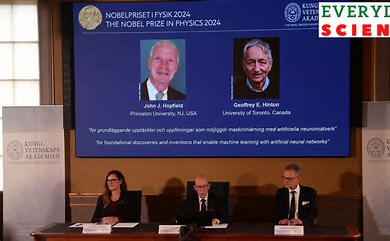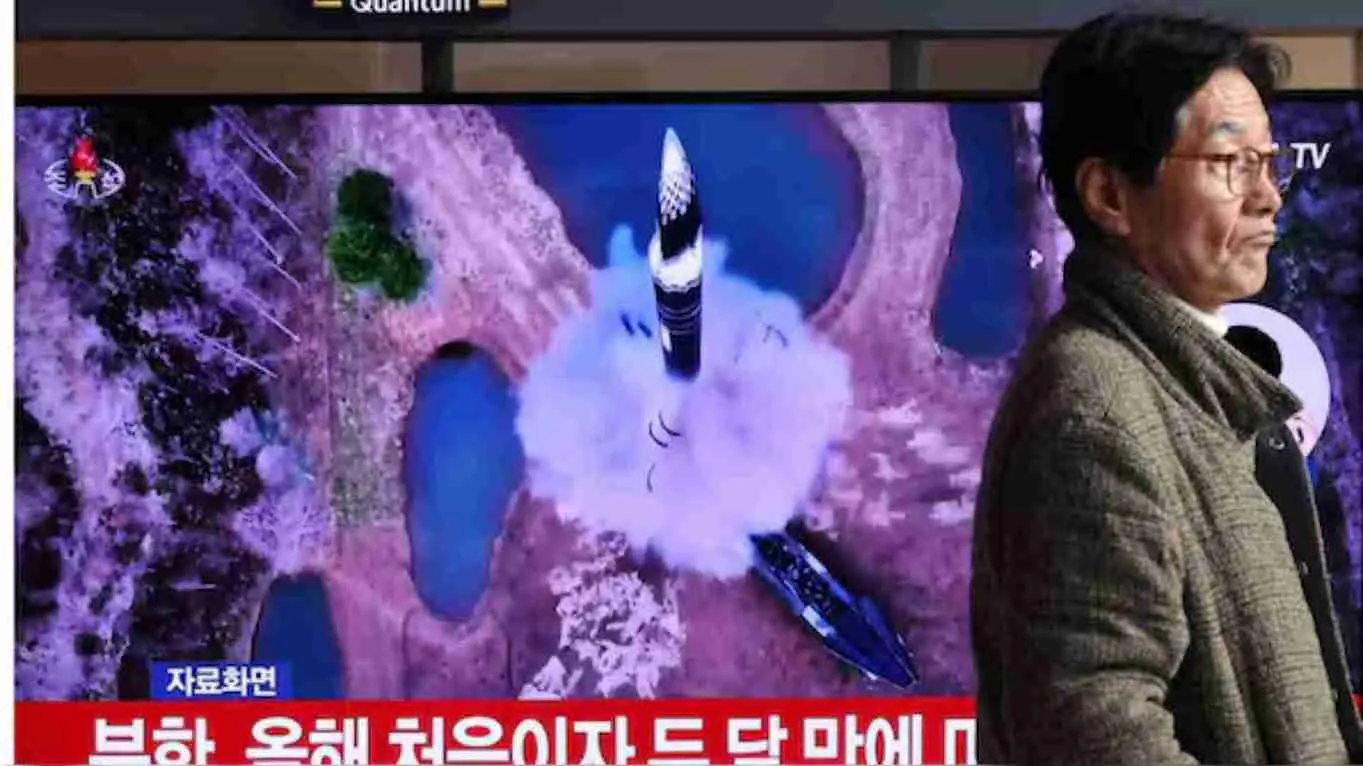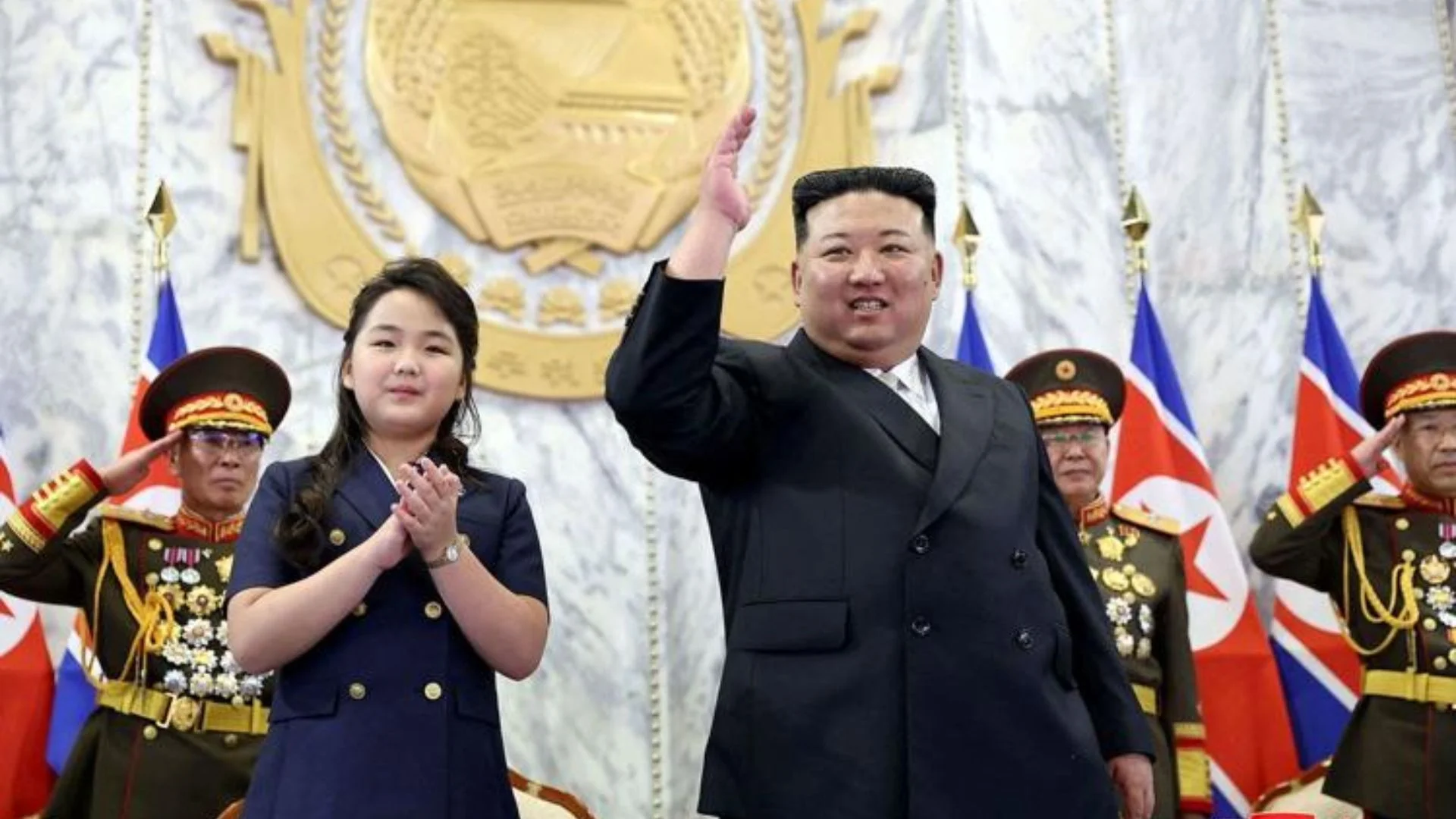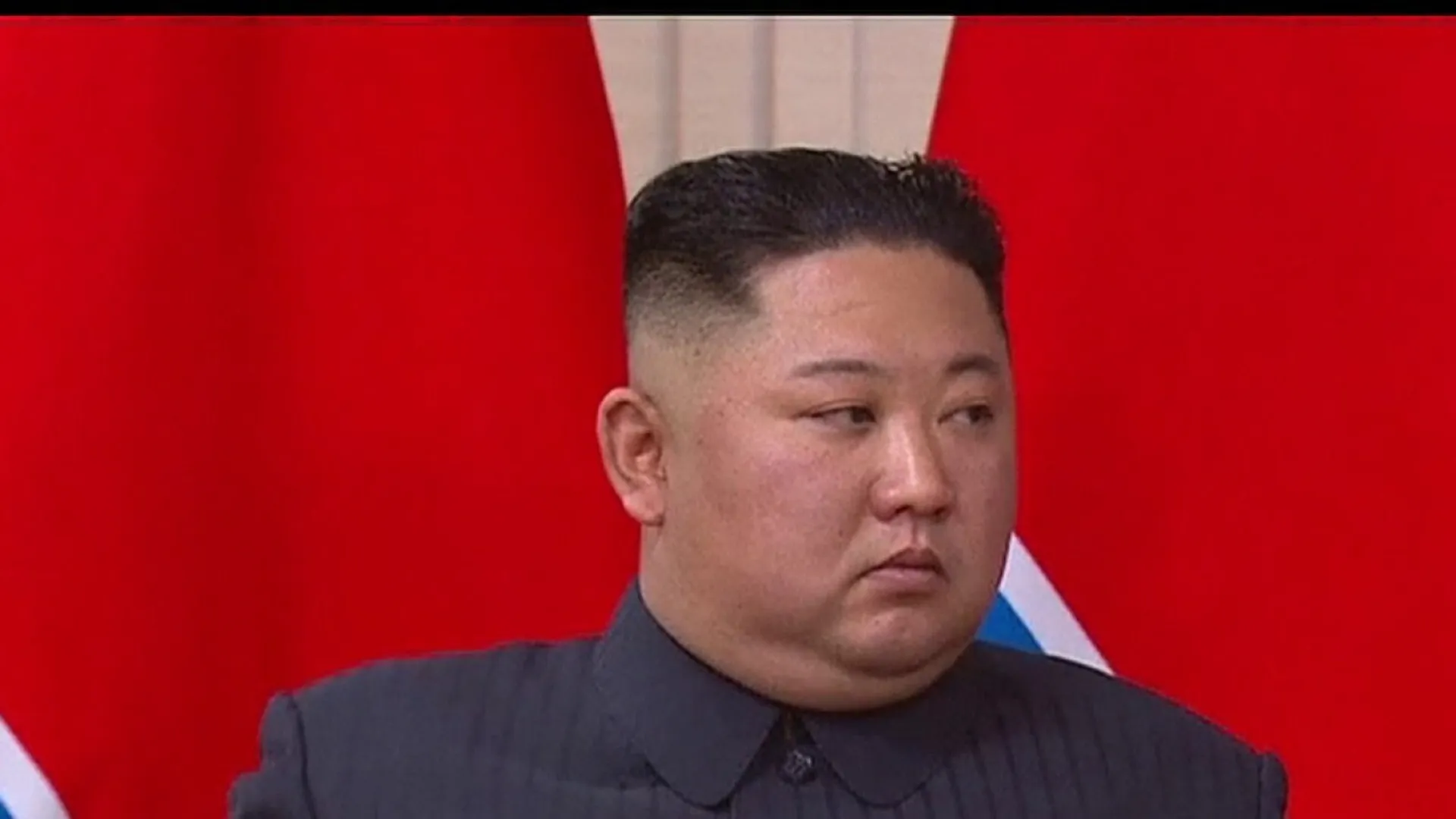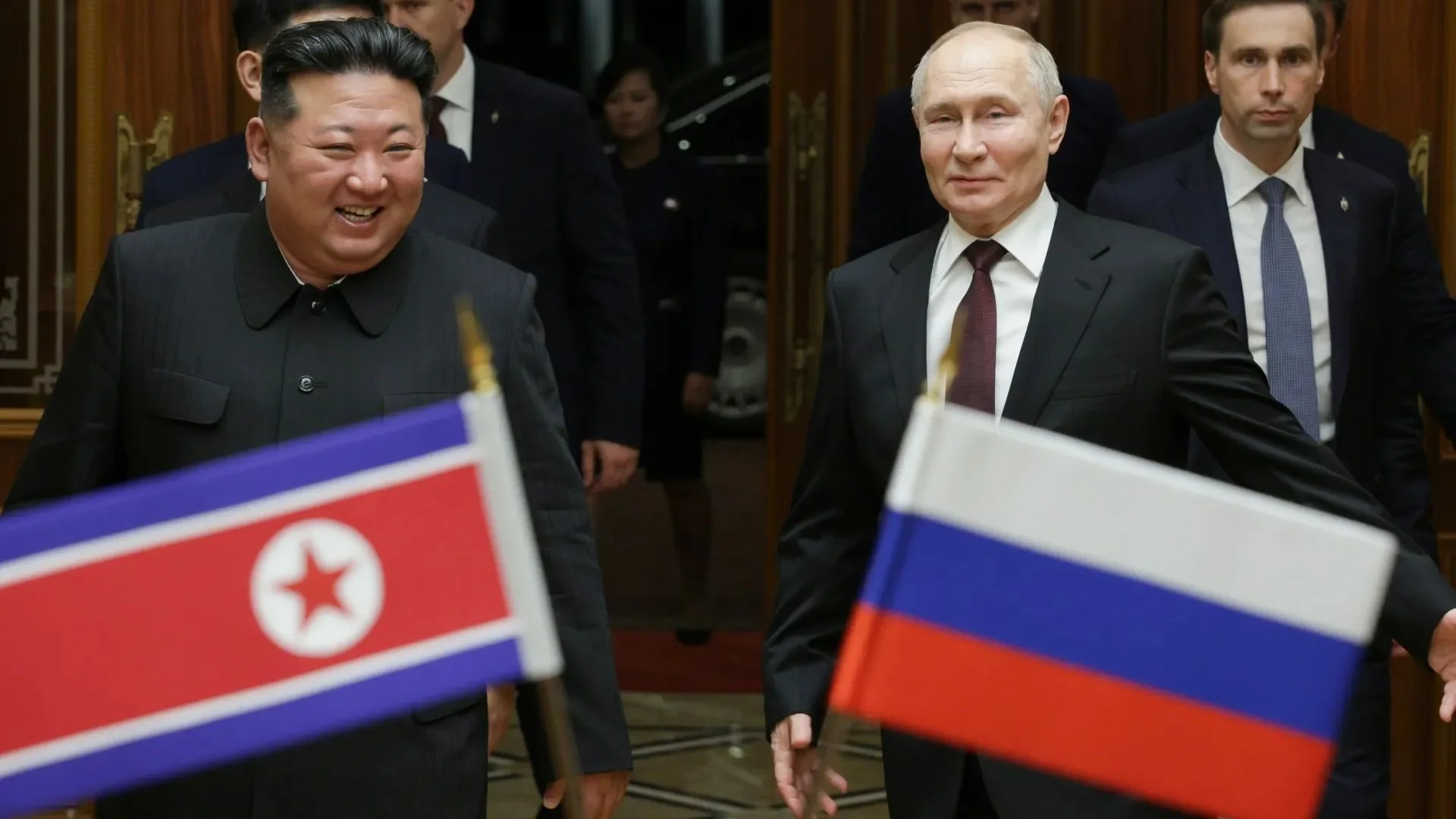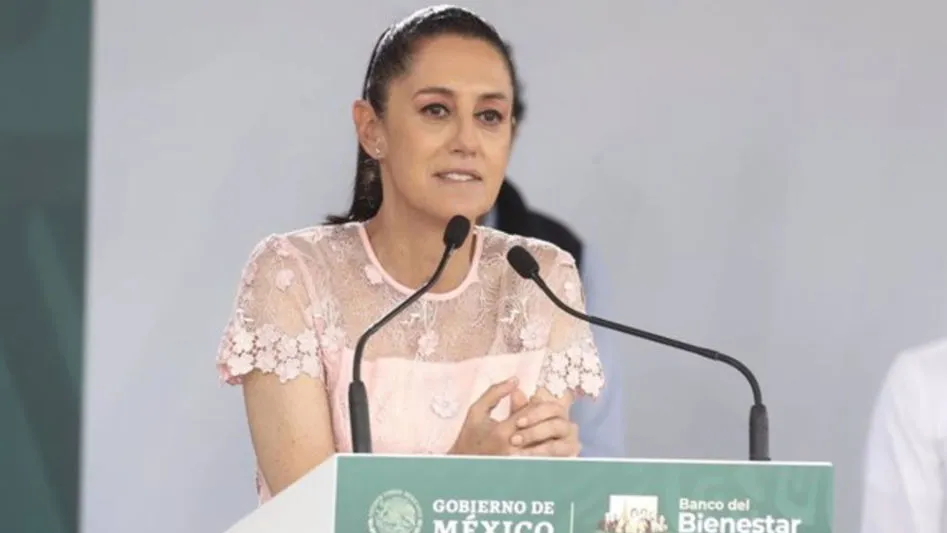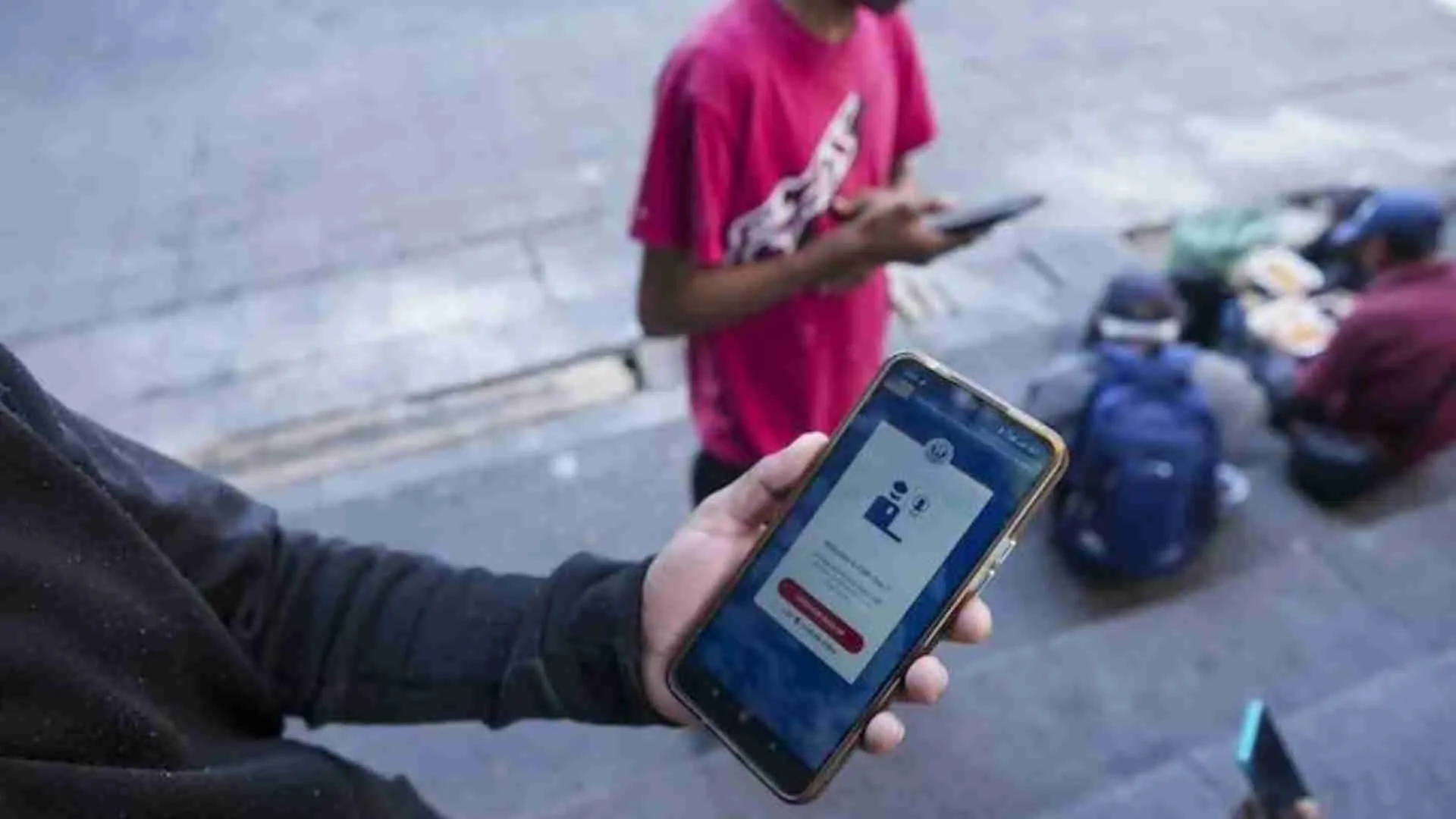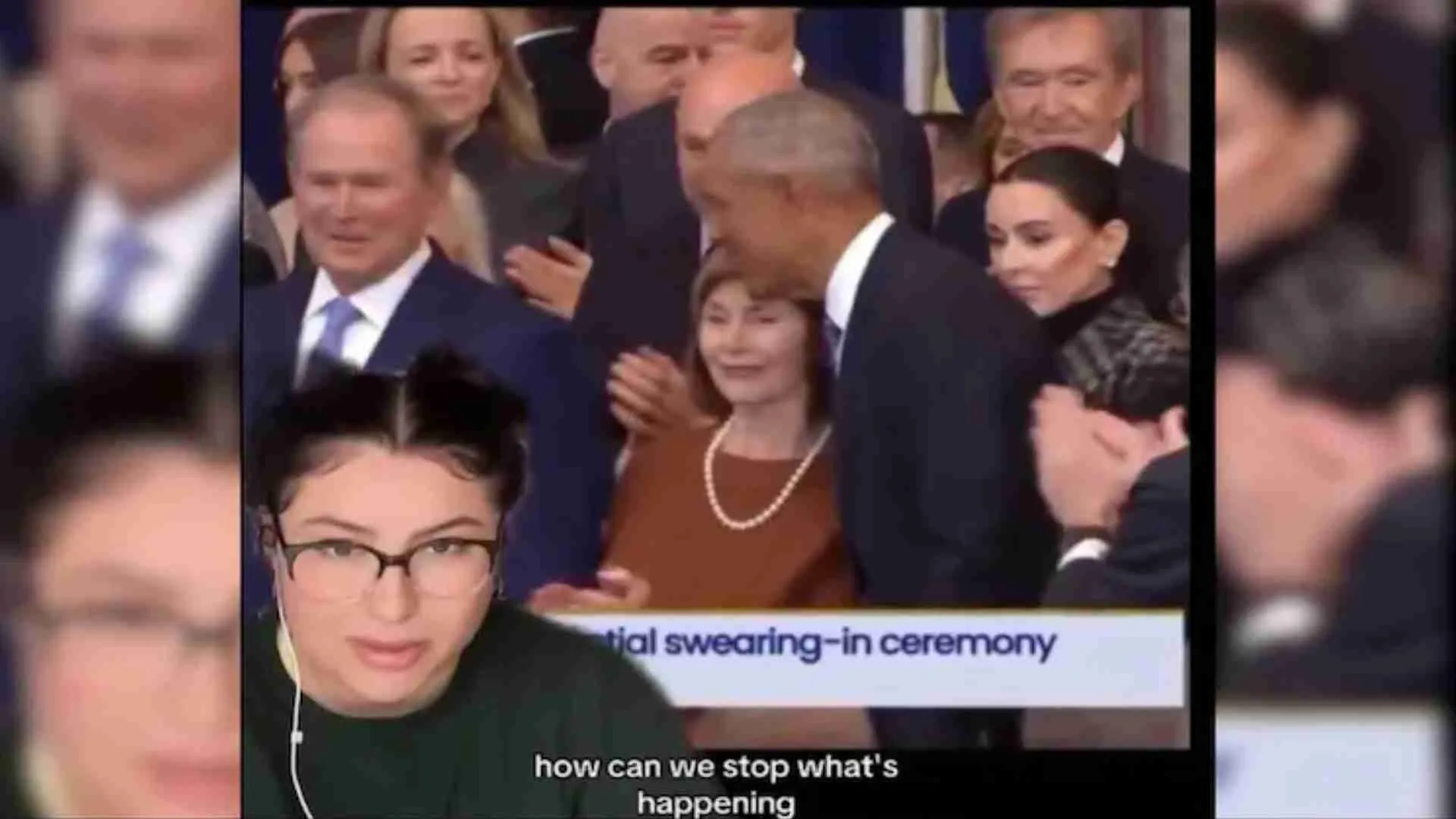The Nobel Prize in Physics 2024 has been awarded to John Hopfield and Geoffrey Hinton, two visionaries who transformed artificial intelligence (AI) through their development of neural networks modeled after the human brain. This breakthrough in machine learning has laid the foundation for AI as we know it today.
Hopfield’s Neural Network: Storing and Reconstructing Data
John Hopfield, a physicist from Princeton University, created a neural network that could store and recreate information, much like how neurons in the human brain communicate. His method allows machines to recognize and differentiate images, offering early proof of how AI can “learn” from the information it processes.
Hinton’s Boltzmann Machine: Machines That Learn
Geoffrey Hinton, often called the “Godfather of AI,” took Hopfield’s work further by developing the Boltzmann machine. This machine mimics how humans recognize new objects by learning from past patterns. Just as a child identifies a dog after seeing several, Hinton’s machine can recognize patterns it has never seen before by drawing from its previous training.
Impact on Modern AI
Today, machine learning is a cornerstone of AI, with applications in fields like computational chemistry and material science. Hinton’s work continues to influence the way machines learn, predict, and create new data based on previous examples.
AI’s Growing Influence in Science
Artificial neural networks, like those developed by Hopfield and Hinton, are increasingly used to predict complex molecular behaviors in chemistry and materials science, speeding up research and reducing the need for costly experiments.
This Nobel-winning research is not just a nod to the past but a look into the future of AI and machine learning.

